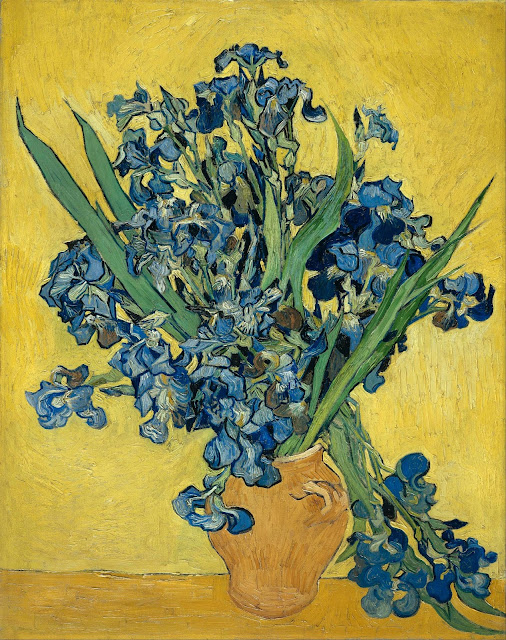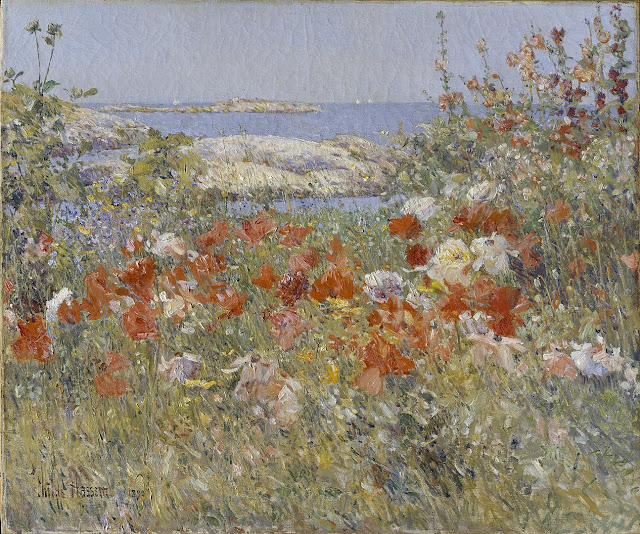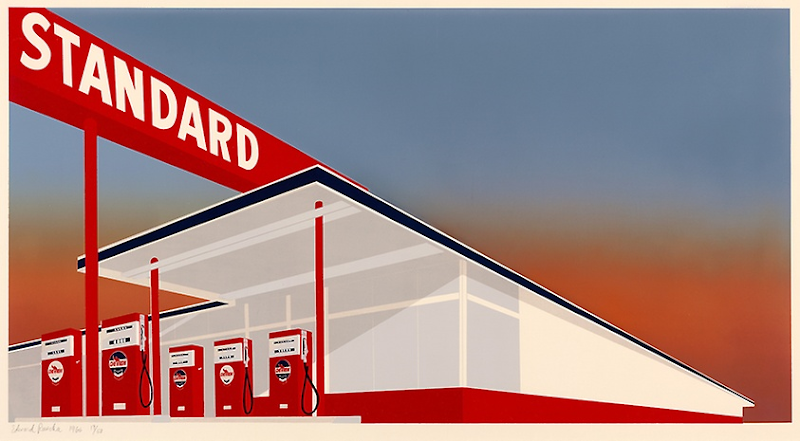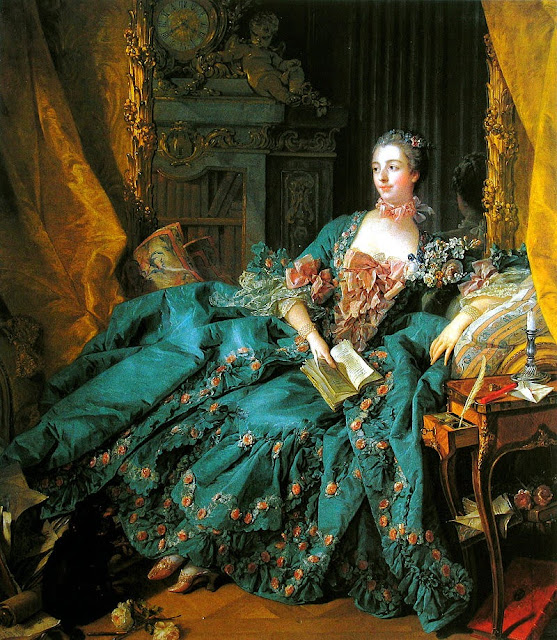Gustave Courbet, "The Stonebreakers"

This week I bring you a very different image from ones previously reviewed. The artist is Gustave Courbet (1819-1877) and the title is The Stonebreakers. Courbet was one of the most important French artists of the mid nineteenth century. Romanticism was the popular movement approved by the Salon, but Courbet was one of the few who broke from that tradition to establish Realism. Here, in The Stonebreakers, we can see exactly what the term Realism means. From what I have read, Courbet saw this scene by the side of a road, and he immediately returned to his studio to paint it. We see two men, the kneeling man lifting his pic, while the younger carries the basket of broken rock. We can only imagine they were able to sell the stone to help earn a living. Looking carefully at the scene their torn clothing and wooden shoes help illustrate the men's plight. On the extreme right, mid canvas is depicted a metal pot, cloth and spoon so we can assume the men brought their



